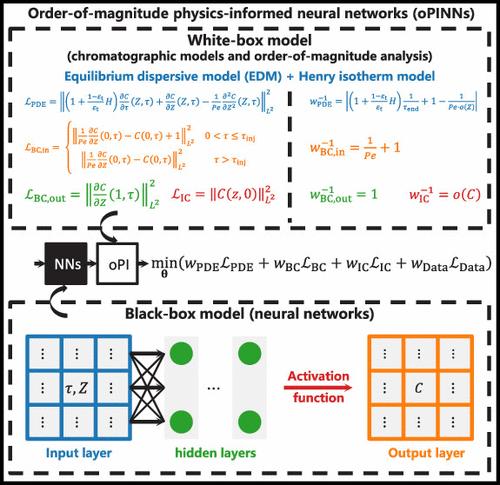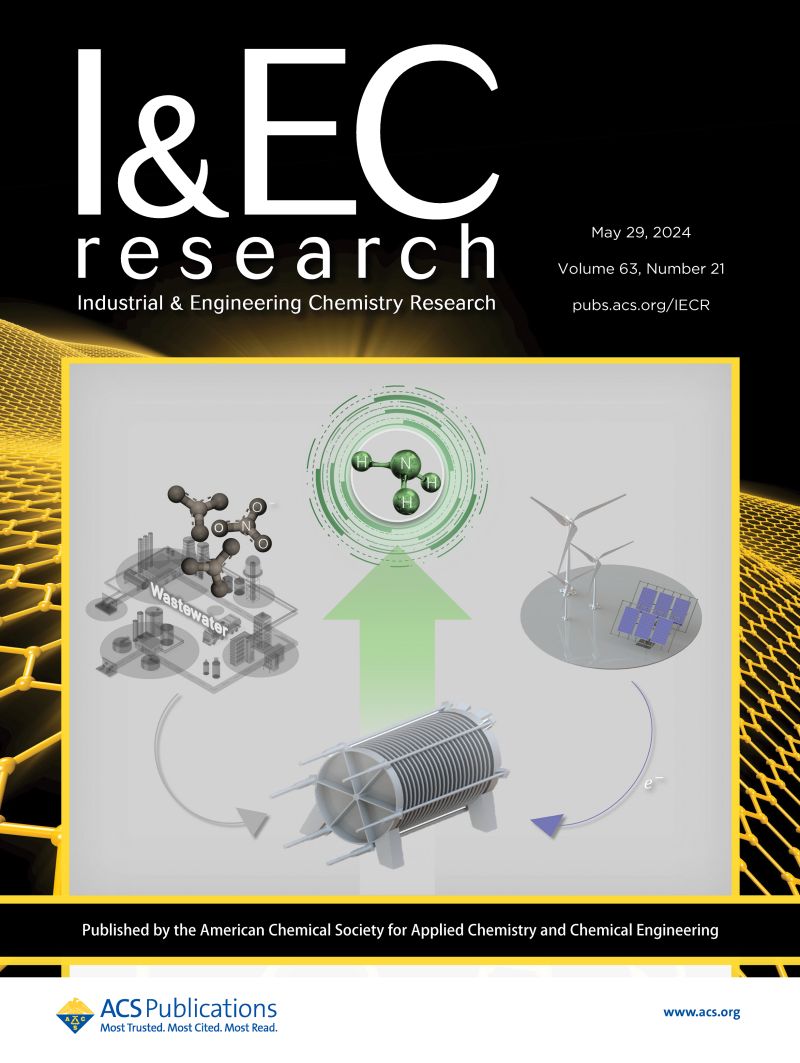Integrating Order-of-Magnitude Analysis to Physics-Informed Neural Networks for Linear Chromatographic Models
IF 3.8
3区 工程技术
Q2 ENGINEERING, CHEMICAL
引用次数: 0
Abstract
A hybrid (gray-box) modeling framework, physics-informed neural networks (PINNs), has garnered significant attention. However, a huge challenge in applying PINNs to bioprocesses is developing a loss function that synergizes different bioprocess dynamics. To mitigate this challenge, a novel physics-based deep learning method was developed by integrating order-of-magnitude analysis to the loss function of PINNs (oPINNs) using biological first principles. Compared to standard PINNs and numerical methods for solving the forward problem of linear chromatographic models, oPINNs demonstrated notable improvements: an order-of-magnitude enhancement in accuracy with an equivalent sample size, or a 32-fold reduction in sample size for equivalent accuracy, along with a 1000-fold acceleration in computational speed for millisecond-scale simulation. Moreover, oPINNs showed exceptional robustness in weight determination and hyperparameter selection amidst variations in chromatographic model parameters. In summary, oPINNs represent a significant advancement in integrating physics-based deep learning into hybrid modeling of bioprocesses, particularly for developing real-time digital twins.

求助全文
约1分钟内获得全文
求助全文
来源期刊

Industrial & Engineering Chemistry Research
工程技术-工程:化工
CiteScore
7.40
自引率
7.10%
发文量
1467
审稿时长
2.8 months
期刊介绍:
ndustrial & Engineering Chemistry, with variations in title and format, has been published since 1909 by the American Chemical Society. Industrial & Engineering Chemistry Research is a weekly publication that reports industrial and academic research in the broad fields of applied chemistry and chemical engineering with special focus on fundamentals, processes, and products.
 求助内容:
求助内容: 应助结果提醒方式:
应助结果提醒方式:


